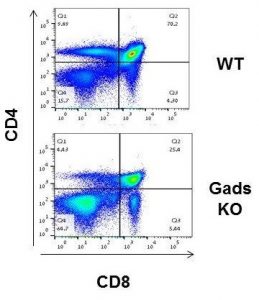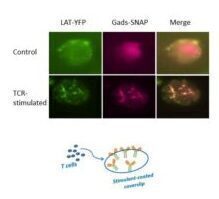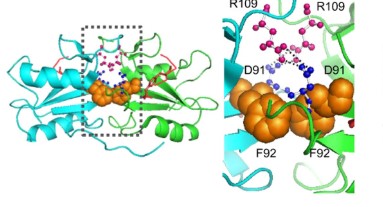Gads exerts complex regulatory effects on T cell development and function. To better understand its regulatory roles we have developed new mouse models, with which we can inducibly delete Gads, or to allow expression of unique Gads point mutants in vivo. These mouse models are increasingly integrated into our research and provide a systemic perspective on the regulatory roles exerted by Gads at various stages in the life of a T cell.



